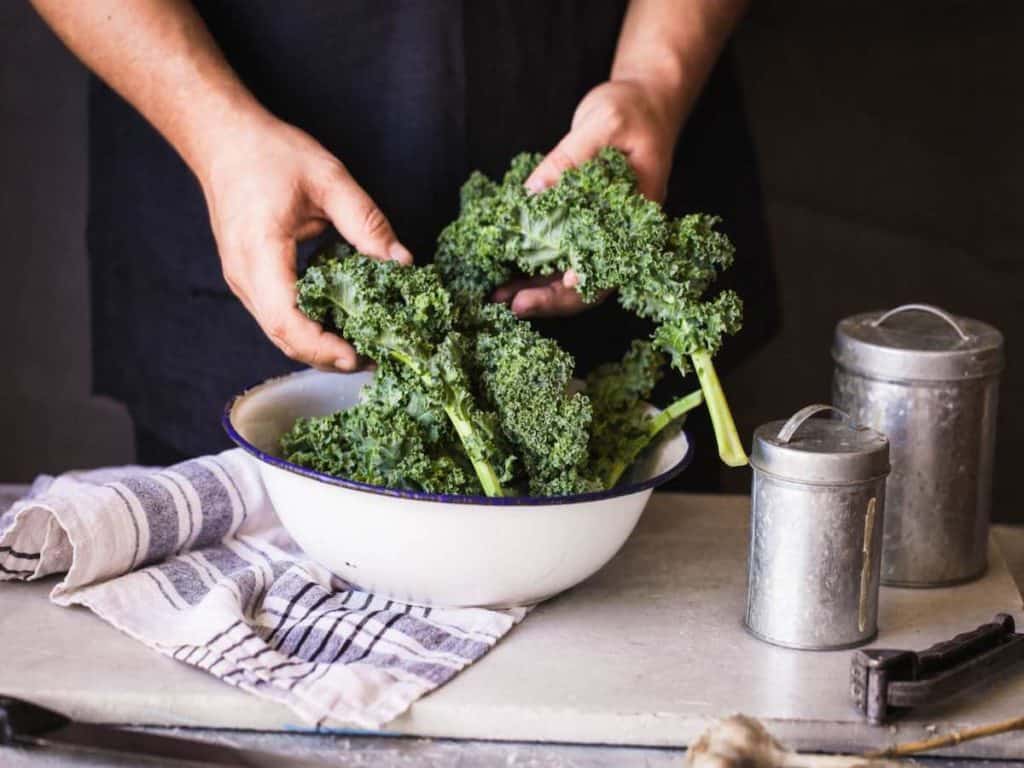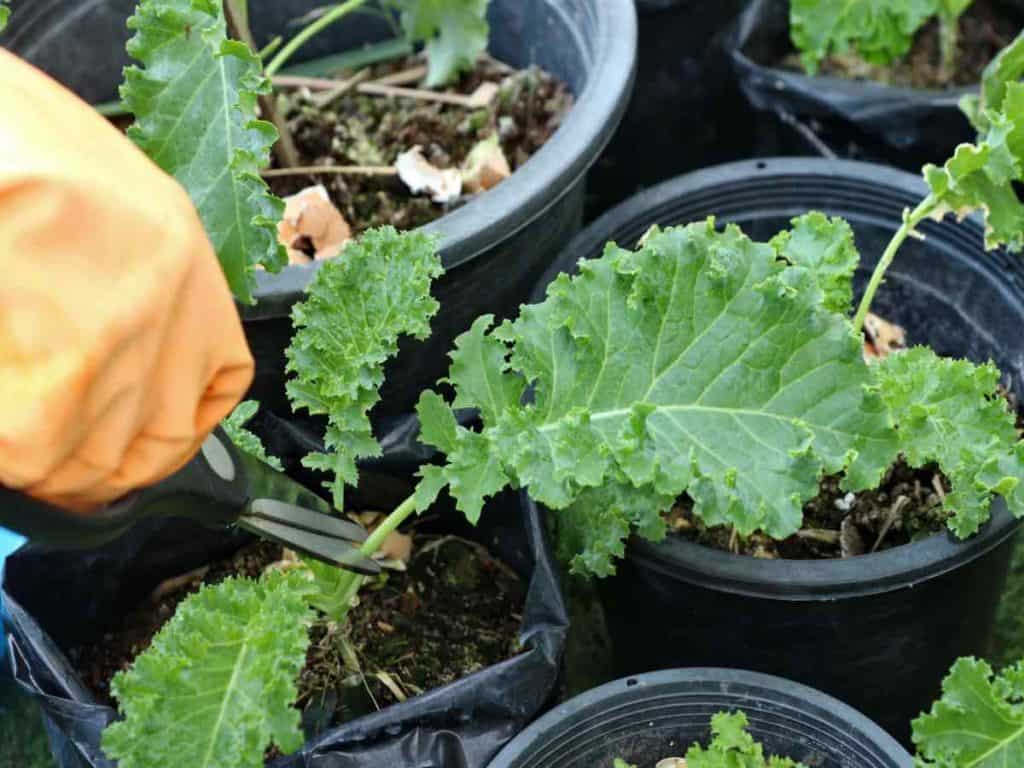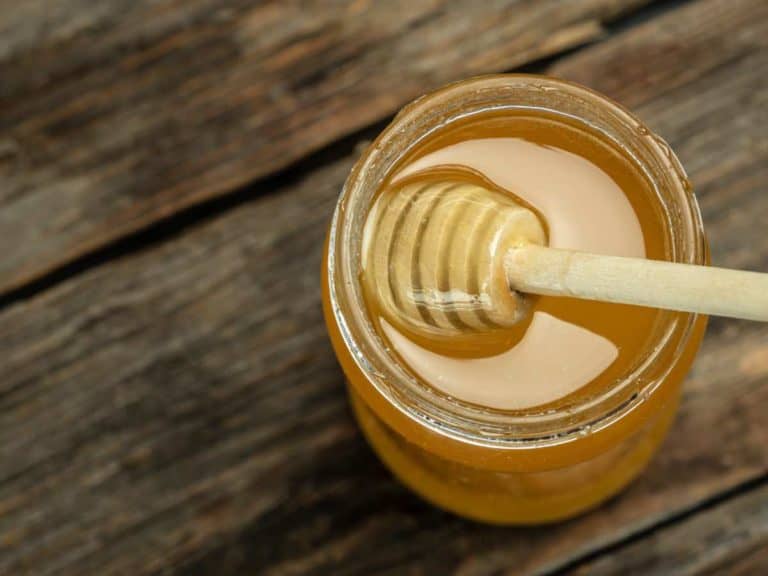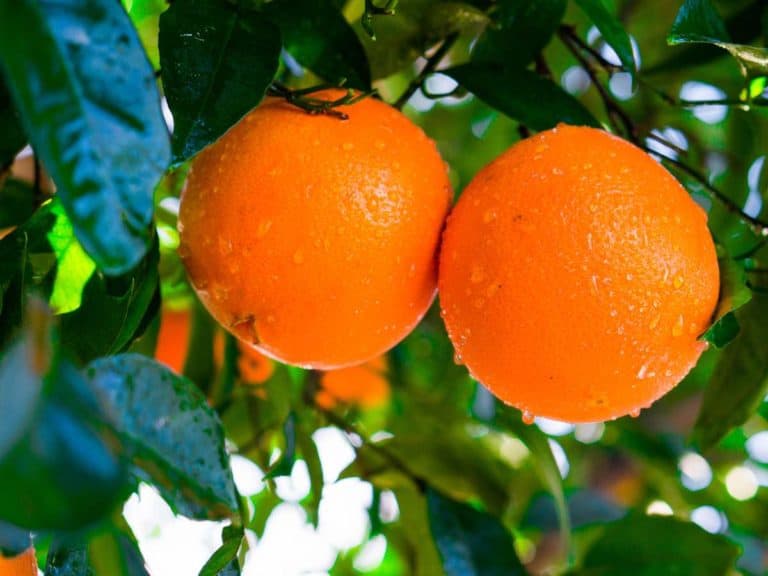Kale Stems: How to Eat, Cook, Pickle and Other Tips
Practically all recipes order cutting or pulling kale leaves away from their hard and fibrous stems. But you paid for the stems, too, which is why you may be wondering how you can get your full money’s worth.
Can those seemingly inedible kale stems end up in your mouth rather than down the garbage disposal?
Kale stems can be eaten. Just like kale leaves, they can be consumed either raw or cooked. However, since kale stems are not as easy to digest as kale leaves, it’s recommended to cook them well. Raw kale stems are best added to the diet by finely chopping, blending or pureeing them beforehand.
Before you consider enjoying raw kale stems just like you would vegetable sticks, read on.
In this post, we will answer some of the most pressing questions about kale stems and eating them rather than throwing them away. Once you are through checking this out, you will have a much better idea of how you can make them a part of your diet, thus allowing you to attain more optimum health and reduce food wastage.

Can You Eat Kale Stems Cooked?
Kale stems are just as edible as kale leaves. However, because they are tough and stringy, cooking them will make them easier to chew and digest. Kale stems can be boiled, roasted, stir-fried and sauteed. They can be mechanically processed beforehand, too, with the help of a knife, blender or food processor.
While kale stems can be consumed either raw or cooked, in most instances and for most people, cooking them beforehand can make them easier to add to the diet.
If you wish to stir fry or saute kale stems, it’s a good idea to blanch them beforehand to make them cook well.
Otherwise, cook them over low heat. This is to avoid roasting the exteriors before the fibrous interiors get the chance to cook. Kale stems are cooked if they are bright green and tender and you can easily pierce them with a fork.
Can I Eat Kale Stems Raw?
Like most vegetables, kale stems can be eaten raw. As a matter of fact, they are more nutritious than cooked kale stems since all the nutrients are still intact. However, raw kale stems are tough and fibrous, which is why digestive distress and other symptoms may be encountered after eating them.
It’s no secret that the vast majority of vitamins and minerals are destroyed by heat. And that is why eating kale stems without cooking them first allows you to take advantage of their full roster of health-giving nutrients.
However, especially if your digestive system is not in tip-top shape, you may experience nausea and stomach pain.
Cooking kale stems before eating them comes with health benefits, too. For one, it can make them easier to digest, thus allowing you to enjoy them without suffering from nasty digestive symptoms afterward.
Cooked kale stems also lowers the amount of goitrin, a compound that can interfere with the thyroid gland.

Are Kale Stems More Nutritious Than Kale Leaves?
Kale stems have pretty much the same nutrients as kale leaves. However, the nutrients in kale leaves are more readily available to the body as they are easier to digest than kale stems. In addition, compared to kale stems, kale leaves have more chlorophyll, which is known to possess some antioxidant properties.
Both the leaves and stems of kale have high amounts of fiber.
However, the ones found in kale stems are tough and thus hard to digest. And that is why they should be chewed very well not only to make them more digestible but also to facilitate the release of the nutrients in them.
Adding kale leaves and stems to the diet helps make sure that you are able to take advantage of the full health benefits of eating them, although a few drawbacks can come with the consumption of those equally nutritious stems. This is when the importance of mechanically processing or cooking them beforehand comes in.
What Happens If You Eat the Stems of Kale?
Eating the stems of kale prevents food wastage and helps increase the nutrients obtained through the diet. Kale stems are loaded with vitamins and minerals. They are rich in fiber, too, that’s good for digestion and the heart. However, generally speaking, kale stems are best cooked before eating them.
Consuming the stems of kale and not just the leaves will let you take advantage of added vitamins A, C and K as well as calcium, phosphorus, magnesium, potassium, iron, zinc, selenium, folate and many others.
But it’s a good idea to cook them first even though the heat can destroy some of the nutrients present.
This helps ensure that your body gets to digest kale stems very well, thus allowing for the better absorption of the remaining nutrients and prevention of any unfavorable digestive issues.
What Happens If You Eat Raw Kale Stems?
Because they are tough and fibrous, eating raw kale stems may cause digestive distress. In order to minimize the unfavorable impact on digestion, raw kale stems must be chewed well. They may also be mechanically processed beforehand by slicing them or putting them in the blender or food processor.
Raw kale should be eaten in moderation and sparingly, too.
This is especially true if you have poor digestion, to begin with. Having a problem with your thyroid makes consuming raw kale stem a no-no because of a compound in it that can affect the said gland.
Still, the best way to take advantage of the impressive nutritional content of the stems of kale is by cooking them beforehand even though it’s going to destroy some of its vitamins and minerals.

Do Kale Stems Prevent or Cause Constipation?
In moderate amounts, kale stems can prevent constipation effectively. This is especially true if their consumption is paired with getting enough water and physical activity. Consuming excessive amounts of kale stems, on the other hand, can cause constipation as a result of having too much fiber in the diet.
When vegetables are ranked according to fiber content, kale takes the #5 slot.
As a result of this, adding it to your diet on a regular basis can help fend off constipation. However, it’s a different story if you consume kale excessively, particularly its stems that contain a lot of tough fiber.
Fending off constipation is best done by adding just the right amount of diet from kale stems or other fiber-rich food. Health experts recommend the following amounts of fiber per day:
- Women below 51 – 25 grams
- Men below 51 – 38 grams
- Women 51 and above – 21 grams
- Men 51 and above – 30 grams
Do Kale Stems Cause Allergies?
Although rare, kale allergy is not unheard of. Most people who experience all kinds of unfavorable symptoms may have cruciferous vegetable allergy, which means that it’s likely for them to encounter the same issues after consuming other kinds of cruciferous vegetables as they do after eating kale.
Individuals who have kale allergy tend to experience a range of symptoms such as:
- Hives
- Itchy skin
- Digestive distress
- Dizziness
- Mild swelling
Many of those who are allergic to kale are allergic to various cruciferous vegetables, too. So, in other words, they tend to have the same reaction to broccoli, brussels sprouts, cabbage, cauliflower and watercress as kale. Different people with cruciferous vegetables have different symptoms, and rushing to the ER is a must in severe cases.
In some instances, the digestive symptoms after eating kale stems may only be due to the fact that kale stems, especially uncooked ones, are so hard to digest.
Can You Eat Kale Stems in Smoothies?
Kale stems can be added to smoothies by health- and figure-conscious individuals. They include those who are not particularly fond of the taste of kale. That’s because kale stems are not as kale-tasting as kale leaves, which is why adding them to smoothies does not require much to mask the flavor.
Smoothies can become more nutritious with the addition of kale stems — by now, we have established the fact that these often discarded parts of kale are loaded with vitamins and minerals.
But smoothies can become chunky, too, if kale stems are not blended enough.
If you are planning on adding some kale stems to your smoothies, consider using a high-powered blender. Chopping them into small pieces beforehand can help make your kale stem-containing smoothies smooth and creamy. If it doesn’t help, consider using a food processor instead.
Can You Eat Kale Stems in Soup?
Kale stems can be eaten by adding them to soups. Whether chopped coarsely or finely or pureed to add some creaminess, kale stems can make soups have a mild earthy flavor. Letting kale stems poach in hot soups makes them easier to digest, thus avoiding digestive issues that can come with eating them raw.
Adding kale stems to soups will infuse them not only with flavor but also nutrients.
People tend to eat more soup when they’re sick. Adding some kale stems to your soup when feeling under the weather can help your body fight the infection taking place within as they’re packed with immune-boosting nutrients.
Leading the list of nutrients in kale stems that help strengthen the immune system is vitamin C. The fact that it’s an antioxidant, too, that neutralizes free radicals can help prevent inflammation. Other nutrients in kale stems that are also good for you when sick include zinc, magnesium and selenium.
How Do You Make Pickled Kale Stems?
Kale stems can be pickled by storing them in a jar with a liquid mixture containing vinegar, sugar, salt and some pickling spice. They should be allowed to sit at room temperature for a day before storing in the refrigerator. Pickled kale stems are ready to eat after refrigerating them for about a week.
Here are the simple steps on how to pickle some kale stems:
- In a small pot, combine 1 cup of vinegar, 1/2 cup of sugar and 1/2 teaspoon of salt.
- Add 1 teaspoon of pickling spices — peppercorns, fennel seeds, coriander seeds, mustard seeds.
- Bring mixture to a boil until sugar is dissolved.
- Fit kale stems in a jar with a cover.
- Add 1 clove of garlic, peeled and sliced thinly.
- Pour mixture into the jar.

How Do You Make Roasted Kale Stems?
Kale stems can be roasted by slicing them thinly and then sauteing them in a little oil and seasoning them with a little salt. They can also be sauteed in chili oil to make them hot and spicy. Some people prefer to saute kale stems with some garlic and onions to make them smell and taste so much better.
A quick way to roast kale stems is by grabbing a skillet instead of preheating the oven. Here are the steps to roasting kale stems in the simplest and fastest way possible:
- Slice kale stems into small pieces.
- Using low heat, allow the skillet to heat before adding a little oil.
- Add sliced kale stems and constantly stir.
- Season with a little salt.
- Remove from heat once sliced kale stems are bright green and tender.
Feel free to season roasted kale stems with the herbs and/or spices of your liking to make them more palatable, thus allowing you to add them to your diet without much trouble.
How Do You Make Pesto Kale Stems?
Kale stems can be turned into pesto that can be used in a variety of ways. They range from being a dip, sauce, spread or stuffing to being added to soups, mashed potatoes and stir-fried vegetables. It only takes a few ingredients and around 10 minutes to make delicious, nutritious and versatile pesto kale stems.
The following are the steps on how to turn kale stems into pesto:
- Grab a food processor.
- Pulse 1 cup of chopped kale stems, 1/2 cup of chopped parsley, 1/2 cup of toasted walnuts, 1/2 teaspoon of salt, 1/4 teaspoon of red pepper flakes, 3 cloves of garlic and the juice of 1/2 lemon.
- Pause pulsing and scrape down the sides of the bowl with a rubber spatula as needed.
- While still pulsing, gradually add 1/4 to 1/2 cup of olive oil.
- Transfer pesto kale stems to a jar with a cover and store in the refrigerator.
How Do You Make Kale Stem Dip?
Kale stems can be turned into a dip by boiling them beforehand and then combining them with various ingredients, the majority of which are used for making hummus. Kale stem dip goes well with anything from breadsticks, toasts, pretzels, crackers, tortilla chips, potato chips to sliced fruits and vegetable sticks.
Turning kale stems into dip may not be the easiest alright — they have to be boiled in salted water first for approximately 15 minutes until they can be easily pierced with a fork.
But once you’re past that, the rest is easy. Just check out the following steps on how to make kale stem dip:
- Reach for a blender or food processor.
- Add drained boiled kale stems to it.
- Add 1/4 cup of olive oil, 1/4 cup of tahini, 1 tablespoon of lemon juice, 2 teaspoons of lemon zest, 1/4 teaspoon of ground cumin, 1/4 teaspoon of red pepper flakes and 1 garlic clove (peeled).
- Place 4 to 6 tablespoons of the salted water used to boil kale stems into the blender or food processor.
- Blend or process.
- Scrape down the sides with a rubber spatula as needed.
- Transfer kale stem dip to a covered jar and store in the fridge.
Just Before You Add Kale Stems to Your Diet
Some parts of vegetables are inedible. While it may seem like kale stems are meant to end down the garbage disposal, the fact is that they are edible — kale stems are just as nutritious as kale leaves themselves.
While kale stems can be eaten raw, they may give your digestive system a difficult time. That is why it’s a good idea to grab a blender or food processor before you add raw kale stems to your diet. They are so versatile that you can use them as sauces, dips and stuffing as well as additions to smoothies, juices and soups.
To maximize the health perks of kale stems minus the digestive distress, however, consider cooking them beforehand.





